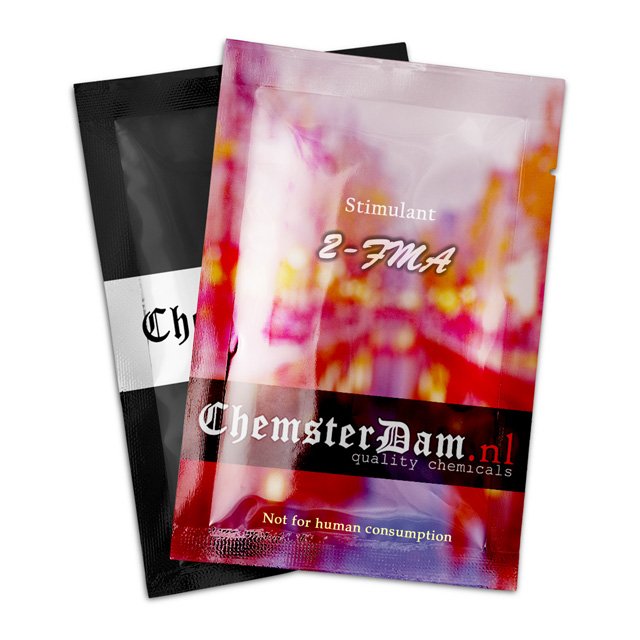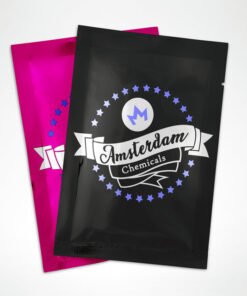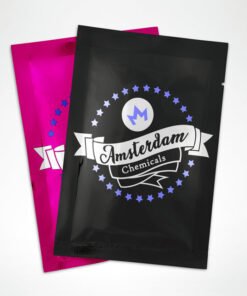2-FMA
€14.65 – €366.00
Buy Clean and pure 2-FMA [>90.0%] direct from our online shop
Shipping to USA, EU, NZ, AU *
*for research purposes only. human consumption is against our terms of service.
although 2-fma has not been formally studied on the same level as traditional amphetamines, it is thought that it acts as both a dopamine and norepinephrine releasing agent. this means it effectively increases the levels of the norepinephrine and dopamine in the brain by binding to and partially blocking the transporter proteins that normally remove them from the synaptic cleft. this allows dopamine and norepinephrine to accumulate within the brain, resulting in stimulating and euphoric effects.
| bulk discount: | |
| 1 Gram | 14.65 |
| 3 Grams | 33.00 |
| 5 Grams | 46.00 |
| 10 Grams | 88.00 |
| 25 Grams | 201.50 |
| 50 Grams | 366.00q |









Reviews
There are no reviews yet.